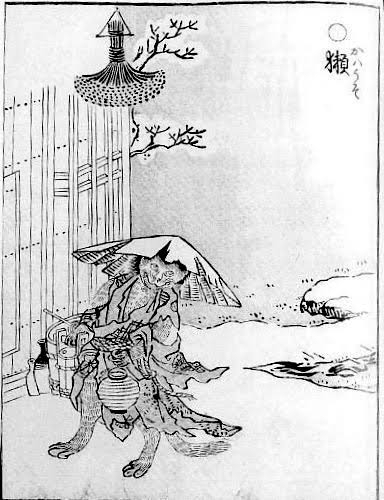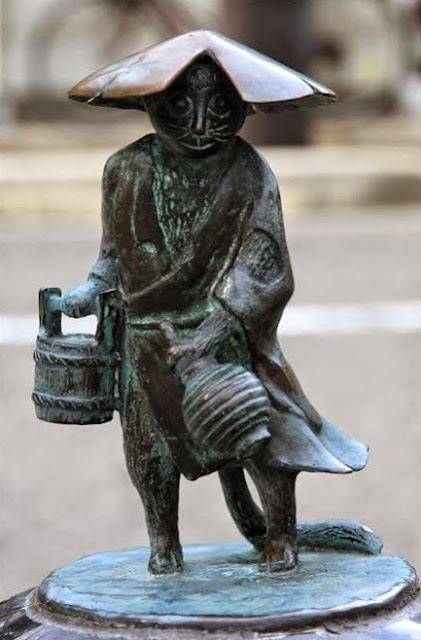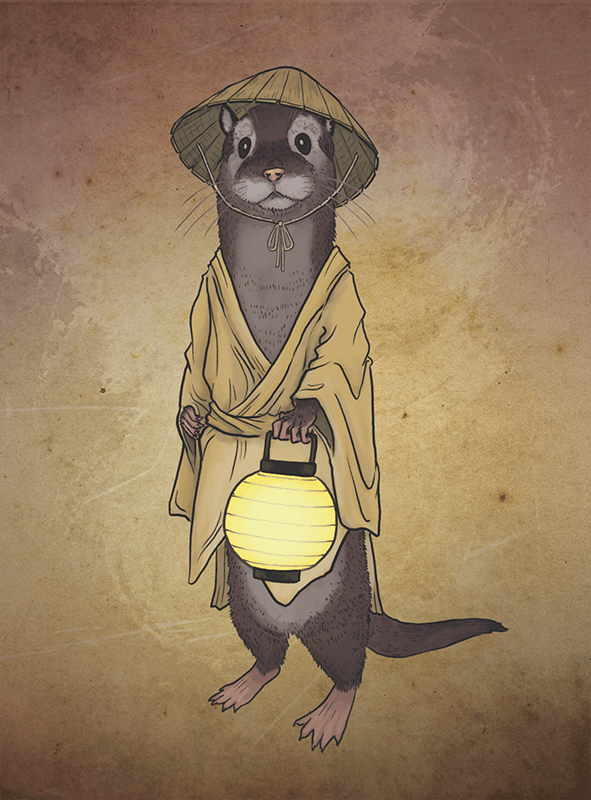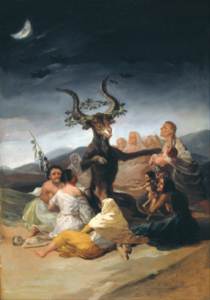
The Kawauso is a mythical creature from Japanese mythology that inhabits rivers and lakes. It is described as an “aquatic being” with characteristics similar to those of an otter or a beaver. Its name comes from the combination of two Japanese words: “kawa” which means “river” and “use” which translates as “lie” or “deception”.
Kawauso Features
The Kawauso is known for its otter-like appearance, with an elongated body and covered with soft, dense fur. Its front legs are skillful and adapted to manipulate objects, while its tail is wide and flattened, ideal for swimming. Their fur varies in colors, being common to find them of brown or gray tones.
In addition to their physical appearance, they are famous for their ability to transform into human beings. It is said that they can shapeshift at will and assume the appearance of familiar people, allowing them to deceive and confuse humans. This ability to transform is considered one of its most intriguing characteristics and is the subject of numerous legends.
Legends and popular beliefs
The Kawauso is the protagonist of several stories and legends in Japanese culture. One of the best known is the legend of the “Kawauso thief”. According to this story, they are mischievous and cunning creatures who are dedicated to stealing valuables from humans living near rivers and lakes. They use their transformative ability to infiltrate homes and take possession of what they want. However, it is also said that they can be persuaded through play or music to return what they have stolen.
Another popular legend related to them is the story of a “Kawauso in love”. In this narrative, it is said that a Kawauso falls madly in love with a human and does everything possible to get his attention and win his love. This legend reflects the idea that these beings, despite their deceptive appearance and abilities, also have emotions and crave human connection.

Cultural significance and representations in art
The Kawauso has been a recurring figure in Japanese art and culture over the centuries. Its representation can be found in paintings, engravings and literary works. In these representations, the Kawauso usually appears with a playful and mischievous expression, highlighting its connection with nature and rivers.
In literature, this being has been the protagonist of stories and novels that explore his relationship with humans and his capacity for transformation. These stories reflect the fascination and fear that the Japanese have felt towards these creatures throughout history.

The preservation of the Kawauso and its habitat
Although the Kawauso is a mythical creature, its presence in Japanese culture has led to a concern for the preservation of its natural habitat. Rivers and lakes are a fundamental part of Japanese tradition and folklore, and the conservation of these spaces is essential to keep their legend alive.
Conservation organizations and groups in Japan work to protect aquatic habitats and promote awareness of the importance of preserving biodiversity. These efforts also include education about the legends and myths associated with Kawauso, to foster respect for nature and its connection to Japanese culture.

Conclusion
The Kawauso is a mythical creature that has captivated people’s imaginations over the centuries. Its otter-like appearance and ability to transform into humans give it an aura of mystery and fascination. Through legends and artistic representations, the Kawauso has become a symbol of the relationship between nature and humanity in Japanese culture.
Although the Kawauso only exists in mythology, its legacy lives on in the awareness of preserving aquatic ecosystems and valuing biodiversity. By learning about these mythical creatures, we can appreciate the importance of caring for and respecting our natural environment, thus preserving the cultural and natural wealth of Japan and the world.
For more articles like this, click here









